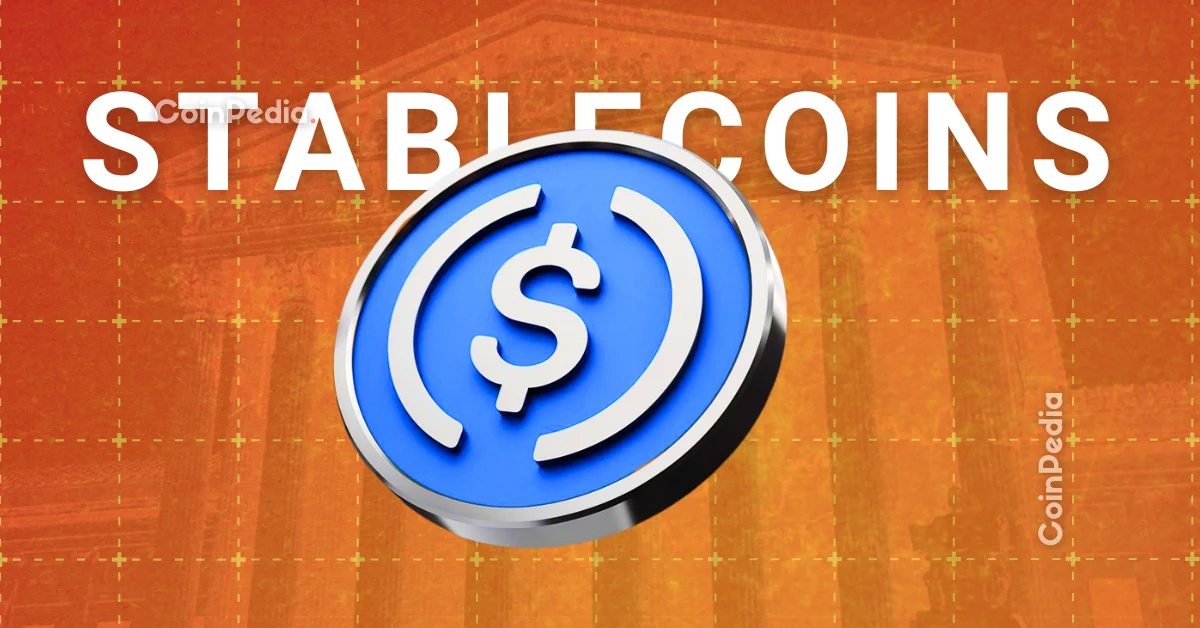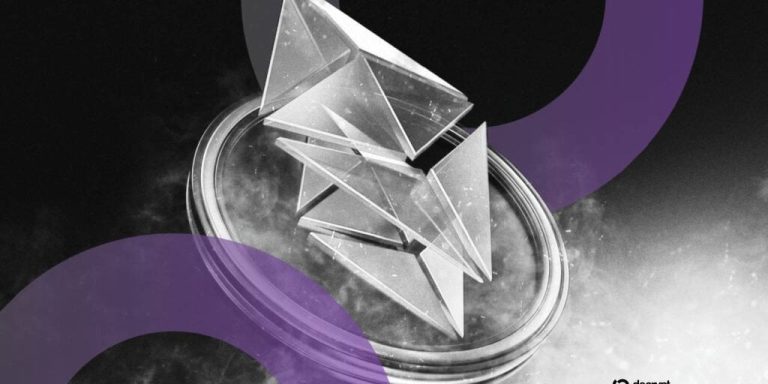
India is gearing up to make a revolutionary stride in digital finance with the launch of its rupee-backed stablecoin, ARC, in the first quarter of 2026. This forward-thinking initiative aims to integrate blockchain-powered systems into traditional finance, offering faster payments, reducing remittance costs, and potentially transforming India’s financial ecosystem.
Why ARC Stablecoin is a Game-Changer
After extensive testing of digital payments, Central Bank Digital Currencies (CBDCs), and blockchain technologies, ARC represents India’s commitment to embracing innovation while maintaining regulatory oversight. Backed 1:1 by the Indian rupee, it promises instant settlements, built-in compliance, and significant reduction in manual banking processes for institutions.
Developed in collaboration with Polygon and Anq, ARC will introduce reliable, low-cost digital payment rails that align with global standards. Its blockchain foundation enables real-time tracking and faster transaction confirmations, eliminating settlement bottlenecks and errors. This makes it an ideal solution for businesses managing large transaction volumes.
Bridging Traditional and Blockchain Finance
One of ARC’s significant advantages is its ability to operate alongside the Reserve Bank of India’s e₹ CBDC, rather than competing with it. While the e₹ will remain under central control, ARC focuses on enhancing blockchain-driven payments, reducing India’s dependency on foreign stablecoins like USDT and USDC. This could not only strengthen the Indian economy but also elevate its position in the global digital asset space.
The integration of ARC with systems like India’s Unified Payments Interface (UPI) and the Polygon CDK network highlights the government’s long-term commitment to fintech advancement. With policymakers paving the way, this initiative could help bridge the gap between conventional banking and decentralized systems by offering a sovereign framework for digital currency transactions.
The Global Perspective
The timing of this launch is critical, as international economies explore regulated stablecoins to enhance cross-border payments and liquidity. ARC positions itself as a strategic player in localizing these benefits for Indian markets. By leveraging the blockchain’s transparency and efficiency, ARC aims to provide quicker, cheaper, and more secure financial solutions.
For individuals and businesses, this means more confidence in rupee-based digital assets. Developer sentiment around ARC is already optimistic, with experts like CurryCodeCrash highlighting its potential to reduce Indian liquidity outflows during global market bull runs.
How to Stay Updated
As we approach 2026, this initiative is expected to evolve rapidly. CoinPedia remains at the forefront of delivering accurate news and real-time analysis in the cryptocurrency space. For individuals diving deeper into blockchain-based finance, consider exploring beginner-friendly platforms like BlockFi’s Stablecoin Investments, which offer insights and tools optimized for digital asset growth.
ARC’s launch marks a defining moment for India’s financial landscape, creating avenues for a blockchain-driven future while retaining strong regulatory frameworks. Stay tuned for updates as the digital payment revolution unfolds.



